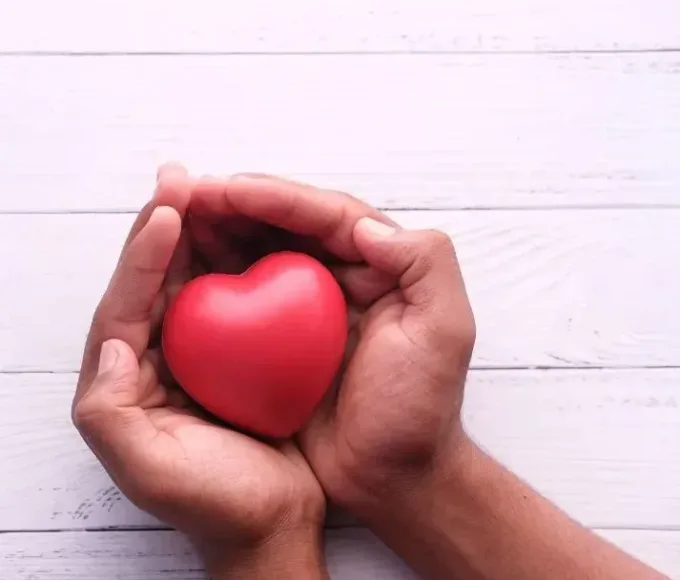
Stretch marks (striae) are discolored, slightly sunken scar-like lines in your skin. They appear when your skin rapidly stretches or shrinks. Stretch marks generally appear on your:
abdominal area (stomach), thighs, hips, breasts (boobs), upper arms, Lower back, buttocks.
When your skin rapidly stretches or shrinks, it causes the elastin and collagen in your skin to break. Elastin’s main role is to allow your skin to stretch. Collagen’s main role is to provide structure, strength and support to your skin. As your skin heals, stretch marks appear in areas where elastin breaks. Anyone can get stretch marks. But you’re more likely to develop stretch marks if:
– You’re pregnant.
– You suddenly gain or lose a lot of weight.
– Your muscles get bigger quickly through bodybuilding or weightlifting.
– You’re experiencing a growth spurt during adolescence.
– You have a family history of stretch marks (genetics).
How can I reduce my risk of developing stretch marks?
You can’t do anything that guarantees that you won’t develop stretch marks. But a
combination of hydration, diet and exercise can help reduce your risk.
Hydration – Drink plenty of water. Water helps keep your skin stay soft, so you’re less likely to develop stretch marks.
Diet – consume foods that promote healthy skin: rich in zinc, such as nuts or fish, high in vitamins A, C and D, such as carrots, citrus fruits and milk, rich in protein, such as lentils, beans, broccoli, lean beef and chicken.
Exercise increases circulation and helps your body produce collagen. Increased circulation and collagen help your skin stay strong and stretchy.
Sources: Cleveland Clinic
Recent Posts
Related Articles
Non-verbal communication
A substantial portion of our communication is nonverbal. In fact, some researchers...
June 19, 2023Compassion vs Empathy
It’s easy to use compassion and empathy as synonyms, but there are...
June 19, 2023How to build a habit in 5 steps
People with good habits rarely need to resist the temptation to laze...
June 19, 2023Symptoms of depression
Depression is a mood disorder that causes a persistent feeling of sadness...
June 19, 2023

























Leave a comment